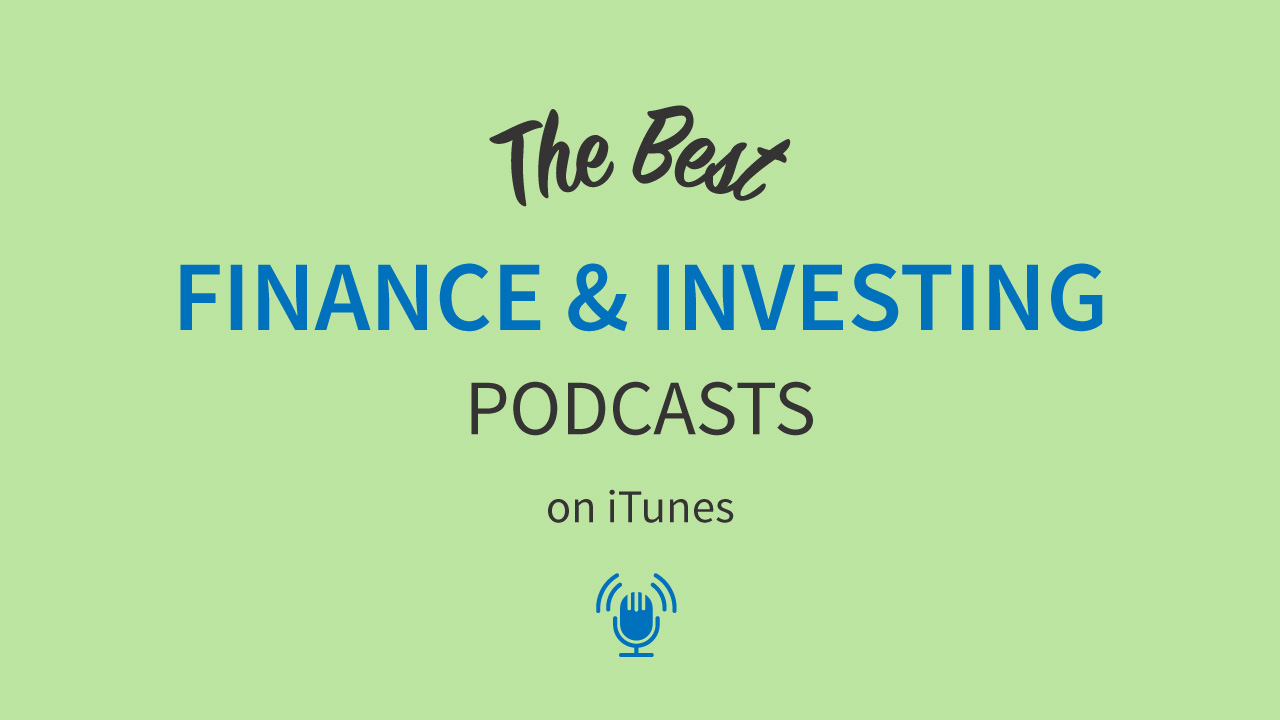I know there’s a movement spearheaded by indexers, Bogleheads, Efficient Market Hypothesists, Random Walkers and just plain haters of vampire squid to hate everything Wall Street. This is not a post defending the barbarians at the gate or even the monkeys in charge of the business. Rather, I’m riffing on a more recent phenomenon I’m experiencing — that of the mainstream contrarian.
Just another sales pitch
Listen, with so much money at stake, Wall Street has brought opprobrium on itself with outsized returns, lavish lifestyles and bigger than life personalities. Cramming poor investment schemes and products down clients who should and shouldn’t know better has been a staple of the business for decades.
So, of course, it comes as no surprise that a lot of people have been looking for alternatives. Better ways of investing, saving and planning for their financial futures. And it comes as no surprise that a whole industry of products and services arose to supply these investors. From slick investment newsletters, communities of pundits punters like Seeking Alpha, talking heads on CNBC and even the ETF industry — all have merely taken the old Wall Street model and merely updated it.
Enter the mainstream contrarian.
So, instead of crappy structured products being sold hard by brokers, investors are left with hundreds of arcane ETFs without any real idea what to do with them. Buy and hold ’em? Well, that doesn’t really work for investors on the cusp — or in — retirement who need to actively generate income. Asset allocation? Well, who really knows what the right mix of risk and return is for anyone? 401(k)s? Well, those are being manipulated and forcibly rebalanced in a way that’s good for the mutual fund companies, bad for investors.
Evoluton, not revolution
We’ve taken the honorable pursuit of looking for better alternatives to Wall Street yet have merely replaced Wall Street with another manifestation of slick sales people taking advantage of unsuspecting investors. Investors eat up the anti-Wall Street pitch. That there is a better way.
And there is. But it can’t be sold; It has to be bought. It requires being intellectually honest and not just compliantly honest. It requires creating technologies, services, and platforms that say:
hey, the old way typically didn’t work. We have just one possible solution. But to be honest — we’re dealing with uncertainty. Nobody really knows the right way to do this. We believe ours is a good product/service but ultimately, we’re all in this together, trying to plan for a future which is ultimately unknowable.
I guess these aren’t really solutions as much as they are gamemplans. This way, this evolution (not, revolution) in financial services truly departs the old way. Otherwise, it’s just the Wall Street wolf dressed up in anti-wolf clothing.










 undergraduate degrees. The NYT reported that
undergraduate degrees. The NYT reported that 

 overlayed on top of stock index charts. GDT
overlayed on top of stock index charts. GDT